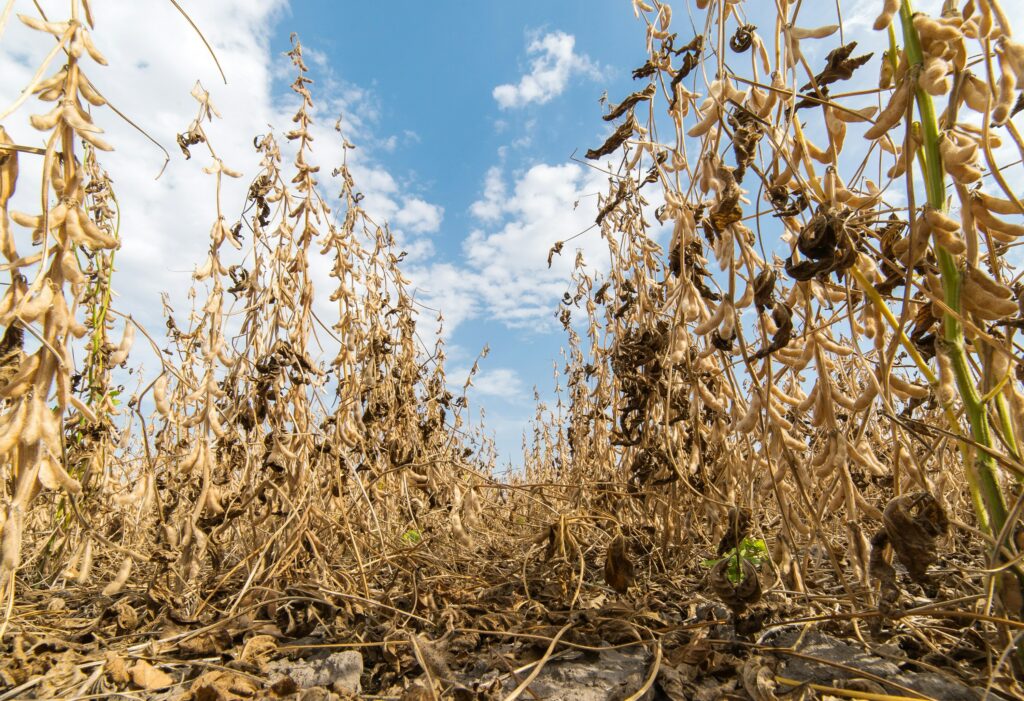Author: Abby Marsden
Date: August 11th, 2024

Article Title:
The Significance of Acid Rain to Agriculture in Eastern Canada
Article Affiliation:
Land Resource Research Institute, Research Branch, Agriculture Canada, Ottawa, Ontario K1A 0C6
Chemistry and Biology Research Institute, Research Branch, Agriculture Canada, Ottawa, Ontario K1A 0C6
Article Citation:
Coote, D. R., Siminovitch, D., Shah Singh, S., & Wang, C. (1981). The significance of acid rain to agriculture in Eastern Canada.
INTRODUCTION
Acid rain, a byproduct of air pollution, poses potential risks to various ecosystems, including agricultural land. Eastern Canada, well known for its productive agricultural regions, faces specific challenges due to acid rain, which can influence soil health and crop productivity.
The research conducted by Coote et al. aimed to assess the impact of acid rain on agricultural soils and crops in Eastern Canada, with a focus on understanding soil sensitivity and potential plant damage. Given the importance of agriculture in regions like the Great Lakes, St. Lawrence lowlands, and Atlantic areas, this study aims to address a large concern held by those impacted by the harmful rain.
To do this, the researchers categorized soils into three sensitivity classes – sensitive, moderately sensitive, and non-sensitive – based on the depletion of exchangeable bases in the soil over 25 years of acid rain. Further, the study explored the direct and indirect effects of acid rain on crops, highlighting the potential risks from soil acidification and the presence of sulfur dioxide in the air. The research overall advances information gathered in previous studies by providing a detailed assessment of soil sensitivity and the effects of acid rain on agricultural systems.

RESULTS AND DISCUSSION
The study found that the primary contributors to acid rain are sulfur and nitrogen compounds, which are released into the atmosphere and later return to the earth as acidic rain or dry deposition. Additionally, while natural soil processes such as the hydrolysis of cations contribute to soil acidification, the impact of acid rain is particularly concerning in sensitive environments where soil formation is slow and delicate.
For most agricultural soils, the impact of acid rain must be considered alongside other factors, such as soil management. The continuous application of nitrogen fertilizers has already led to a significant decrease in soil pH in some areas, such as southwestern Ontario, where soil that was once neutral has become more and more acidic over the past fifty years. The study also estimates that acid inputs from atmospheric deposition in eastern Canada range from 20 to 40 kg of calcium carbonate equivalent per hectare per year. However, the researchers stated that the pH changes in agricultural soils are likely to be somewhat manageable through regular liming practices.
One of the strengths of the study is its consideration of not only the direct effects of acid rain on soil acidity, but also the indirect effects on crop health through gaseous pollutants like sulfur dioxide and nitrogen oxides. However, one limiting factor is the study’s age (1981). It is not certain that the same conclusions can be drawn if the same research was performed today, and conditions are likely to have gotten worse.

Acid rain has the potential to alter soil chemistry, leading to increased soil acidity that can harm crops and reduce agricultural productivity. For farmers and policymakers, understanding the science and impacts of acid rain is important to develop environmental strategies to combat it, such as through regular liming practices and careful management of nitrogen fertilizers.
For Atlantic Canada, where a significant portion of the soil is vulnerable to acidification, this research is particularly relevant. Promoting the monitoring of both soil health and air quality to protect the region’s agricultural industry is of utmost importance.
CONCLUSION
Overall, the study reveals that while acid rain poses a potential threat to agricultural soils in Eastern Canada, its impact can be lessened with proper soil management, such as regular liming. It is important that Canadians understand and raise awareness about the impacts of acid rain, especially in areas with sensitive soils, such as Quebec and Prince Edward Island.
